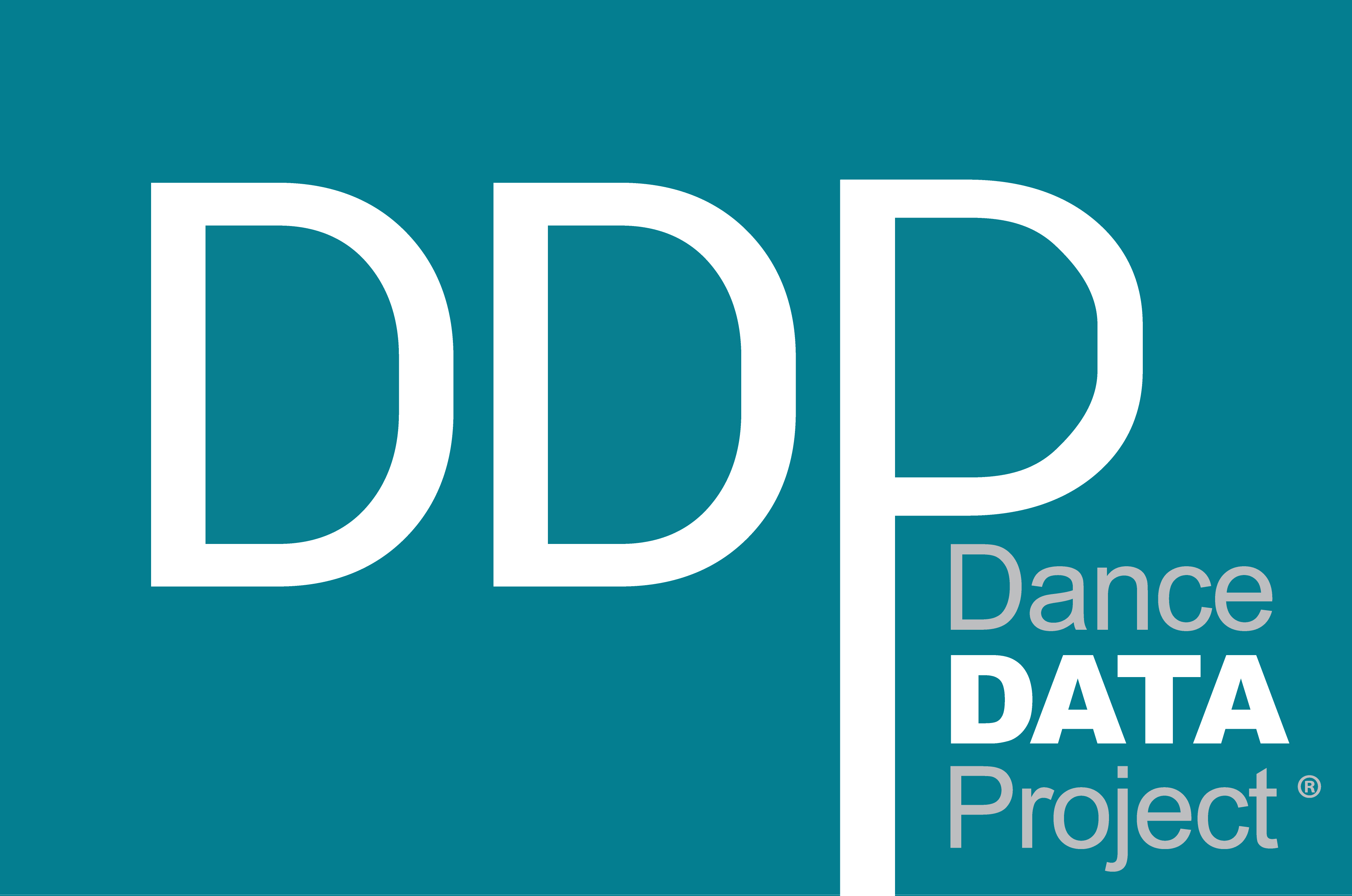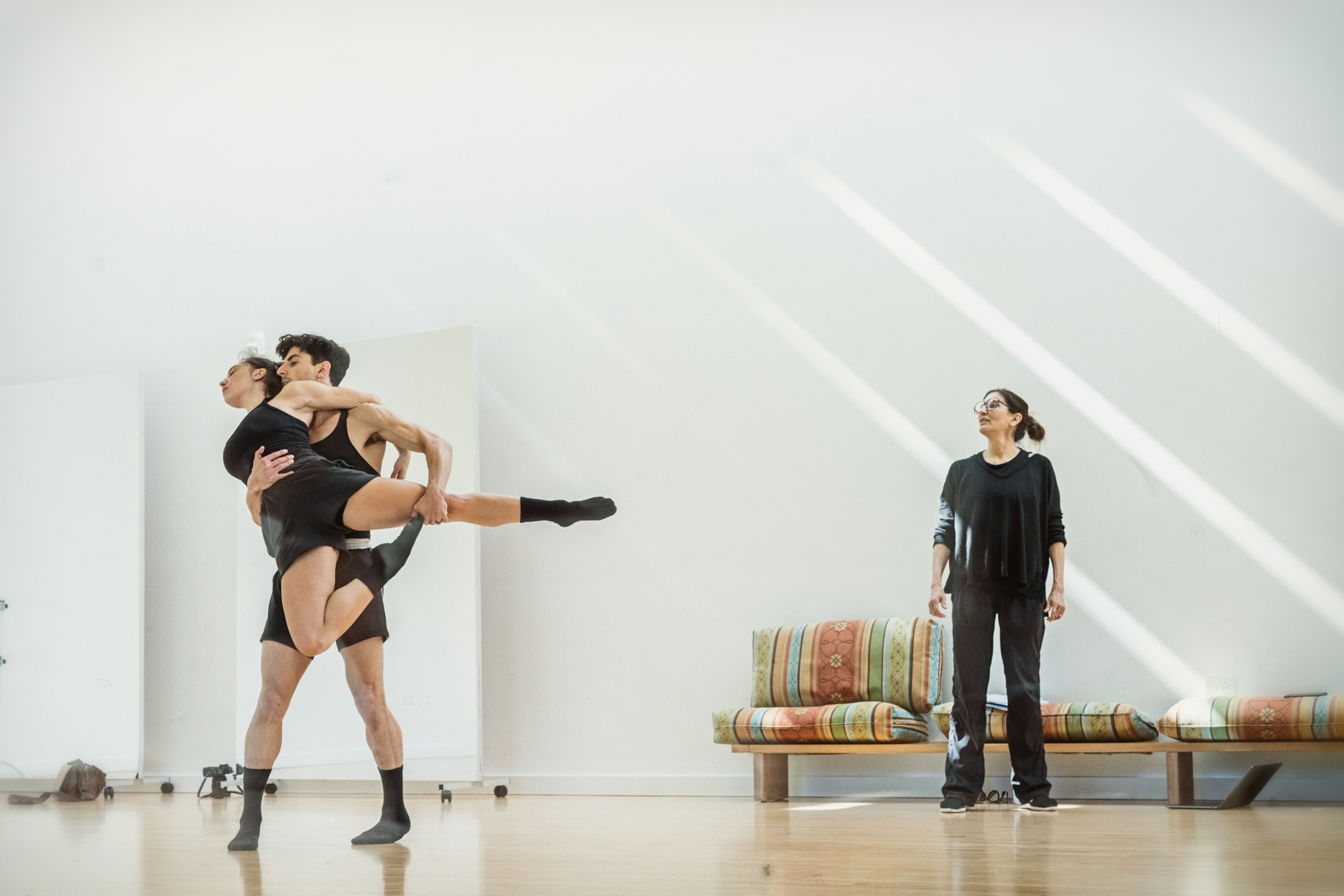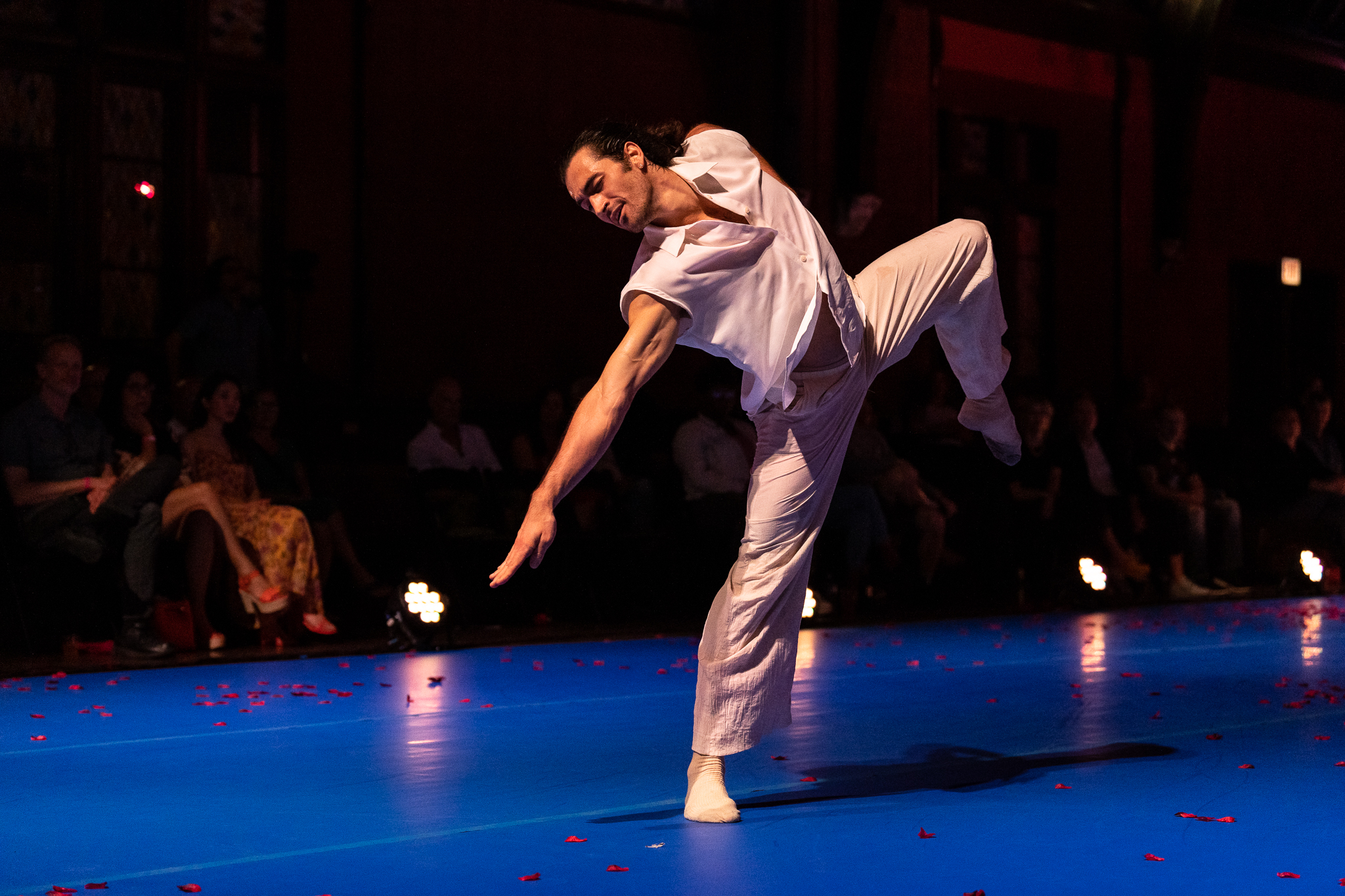Choreographer Profile:
Stephanie Martinez
You founded PARA.MAR Dance Theatre in 2020 and have created works on over 60 companies and collegiate programs. You’ve been called “a chameleon” of choreography, having created work for classical ballet, contemporary, and hip-hop companies. As a diverse and versatile artist, where else might you want to expand your reach as a choreographer in the future? What do you hope to accomplish next and do you have any especially exciting collaborations coming up?
The most natural next step in my career was to start a company – against all odds, and God save me, during a pandemic of all times! So in 2020, I founded PARA.MAR Dance Theatre with the aim of creating innovative works that told the stories that were important to me. Stories that I felt were absent from the body of dance work that is available today. PARA.MAR is a disruptor. It strives to go beyond and to challenge traditional notions of dance, fusing balletic and contemporary styles with compelling narratives drawn from the female perspective. My hope is that PARA.MAR will lay the ground for more female-identifying directors and creators, and it is through this example – fighting the odds, the pandemics, the patriarchal structures, and scarce resources – that I hope to see more female-identifying voices at the table in the future.
I hope to continue to reach more audiences through Broadway and developing more full-length ballets. I think female choreographers provide a unique perspective when developing for full-length ballets, Broadway shows, and operas. It’s through those outlets that I hope to continue to share my voice. Historically, despite the strong female protagonists that are at the center of many stories, I think that Broadway, operas, and story ballets would benefit from more diversity in the chair. When people go to see these performances, they need to represent an accurate depiction of the communities we live in.
As far as the immediate future, I have Orlando Ballet, Madison Ballet, Oklahoma City Ballet, and numerous universities– where I’m excited to push the needle forward for the next generation of artists, Tulsa Ballet, and gearing up for PARA.MAR Dance Theatre’s spring performance series.
Last year, you choreographed for the Lyric Opera’s production of Marie Lambert-Le Bihan’s Carmen, your debut as choreographer for an opera. Tell us about this experience, the role of dance within the production, and what was unique about choreographing for opera.
To start, it was an absolute joy to work with the director, Marie! Her deep understanding of Carmen and the never ending questions allowed us to create truly developed movement and scenes within the opera as a whole. Choreographing for an opera is a very different approach compared to a dance company. It’s almost too hard to put into words, because it requires a different type of preparation. There are many factors that come into play– beginning with a dive into collaboration with the director, conductor, and designers. And then being mindful of the movement direction for dancers vs singers vs actors. The cast needs to be able to interpret and develop my ideas and bring life into the choreography, staging, and storyline of the opera.
It was a thrilling challenge to bring the score of Carmen to choreographic life in a new and refreshing light, while still staying true to the style, time period, and overall look of the production. And of course, none of this would have been possible without Matthew Ozawa and all that he facilitated to bring me on board and give me my first choreographic debut with the Lyric Opera.
In 2019, you collaborated with playwright, theater, and dance historian Dr. Lynne Conner to create Unsex Me Here for Charlotte Ballet’s Innovative Works, which retold the works of Shakespeare from the perspectives of the leading female characters. How do these classic theatrical plotlines lend themselves to storytelling through choreography and movement? And, how do you aim to explore gender roles in your work?
I believe any work of art tells a story and can be understood through the lens of narratology. With that, since choreography is a work of art, it can be understood as a narration, but this narration relies on the implicit phenomenon of kinesthetic empathy. The audience, through the movement of bodies, can sense the story unfolding in front of them in a sort of primal and instinctual way.
I aim to explore the role of gender by constructing that role of gender physically in my work. With that role in full display, I like to contort, to subvert, to mock, and to call attention to the absurdity that is the codified and rigid performance of gender in a choreographic space. I call gender into existence in my work, as it exists in our minds, and then I show the absurdity in that assumption.
My female characters never lose their power, even if their power is quiet or subtle. I don’t play into the damsel in distress trope. I don’t think the woman has to be a kind of object of pursuit, she doesn’t have to be trapped or saved. She is not delicious to the taste, nor is she repulsive. She is just an agent in the world acting upon her own agency.
Then, in 2022, you were the Movement Director with Chicago Shakespeare Theater for Shana Cooper’s All’s Well that End’s Well. Having already portrayed classic Shakespeare stories through contemporary ballet choreography, what was it like to now bring movement and dance into a theater production?
Working with my extremely knowledgeable and curious director Shauna Cooper was a dream. We made sure we were always in sync in regards to storyline and “the Why’s.”
As a theatrical choreographer only working with actors, the dance elements in this play really depended on the scenes and what was integral and critical. Choreographers work with the creative team—especially the director and, if they’re available, the composer—to decide what kind of movement will help to tell the story or support the vision of the play.
Shauna brought me in early on so we could find and come up with innovative staging and ideas for this production. Shauna was aware that inhabiting movement takes time. To learn dance steps, movements, or gestures and make them natural is not always easy for actors. It takes different people varied amounts of time to learn movement so we needed to factor that into our production timelines.
You were recently awarded an NEA grant for your premiere of Bliss! with Joffrey Ballet, making you the first Chicago woman of color to have a work performed by their main company. What did this achievement mean to you and how do you work to uplift and advocate for other female artists and leaders of color in the dance industry?
It isn’t a radical notion to suggest that women of color have experienced deep-rooted challenges that are systematized. These challenges result in the absence of women of color in positions of success. As such, I believe that we need to look behind the curtain and build something entirely new by design– a space for advancement for other female artists and leaders of color in the dance industry.
At times, it can feel like women lack the resources needed to bring their visions to life, but we continue to make art the most important objective despite these difficulties. I use the influence I have to uplift fellow female choreographers by sharing my experiences and resources. I remind others to rise above these challenges– to defy the stereotypes – because they aren’t inherent to us. It’s time to take back the power, and to do so requires honesty!






